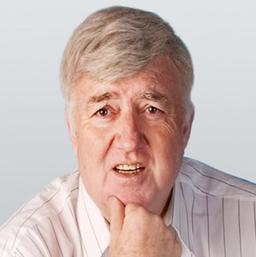If you think the pictures that you’ve seen of Mount Rushmore National Memorial make it look imposing and inspiring, you should see it in person.
You may have seen pictures of it all your life, but that still doesn’t prepare one for the powerful impact that it has on visitors. Driving around a bend in the Black Hills of South Dakota, not far from Rapid City, and suddenly seeing it come into view—just part of it, just the massive face of George Washington—I was so taken that I pulled over to the side of the road and just stared at it awhile before finally getting around to taking out my camera.
Half an hour later, standing on the viewing platform and looking up at George Washington, Abraham Lincoln, Thomas Jefferson, and Teddy Roosevelt towering over the Black Hills from a lofty 5,675 feet, I had the same sort of feeling of awe that I had when I first stood in front of such imposing sights as the Pyramids, the mysterious giant statues of Easter Island, the Taj Mahal, or the Great Wall of China.
Except, of course, that at Mount Rushmore, you stand in awe of more than merely what man can build. Certainly, the structure itself is awe-inspiring, but what the great American sculptor and patriot Gutzon Borglum envisioned and built is something more than a monument or memorial.
It is, as he intended it to be, a shrine to freedom and American greatness. He thought of it as “the formal rendering of the philosophy of our government into granite on a mountain peak.”
He meant for viewing it to be a moving experience that would help inspire or reinforce in the visitor the very thing that drove him to create it—love of this country.






